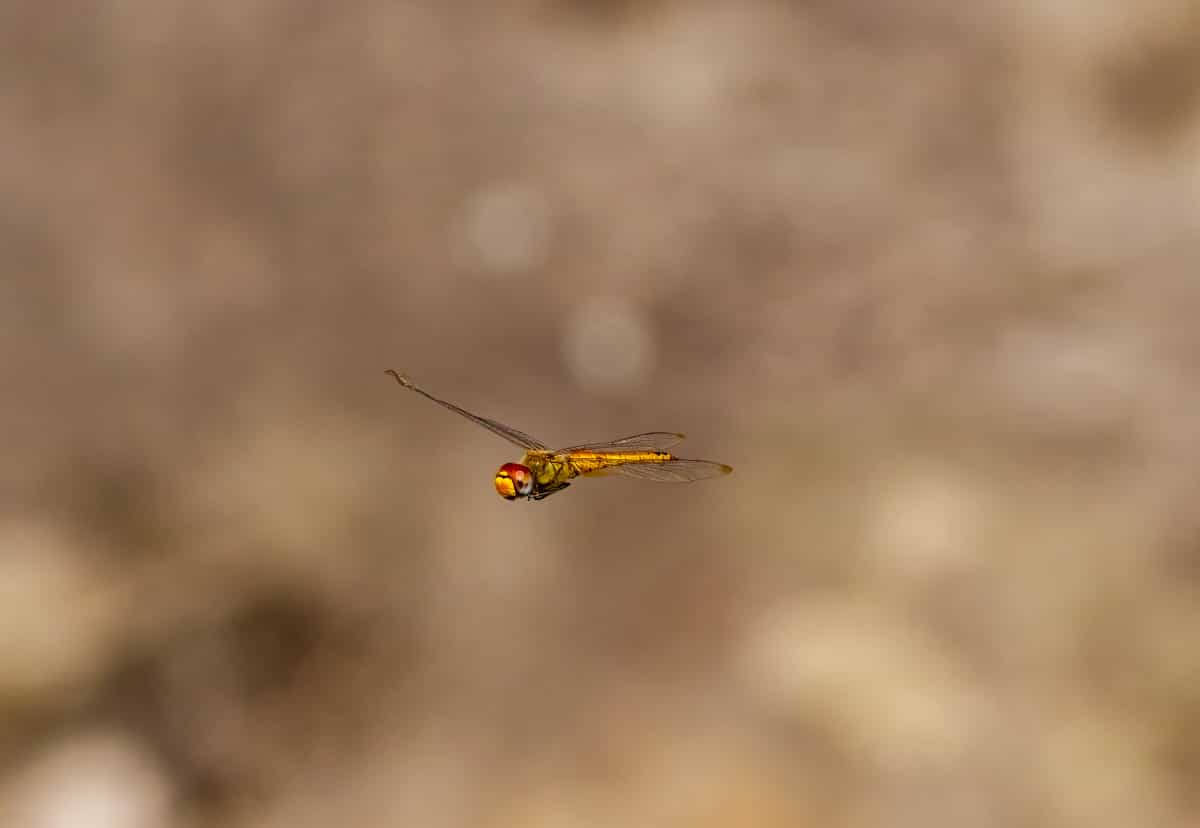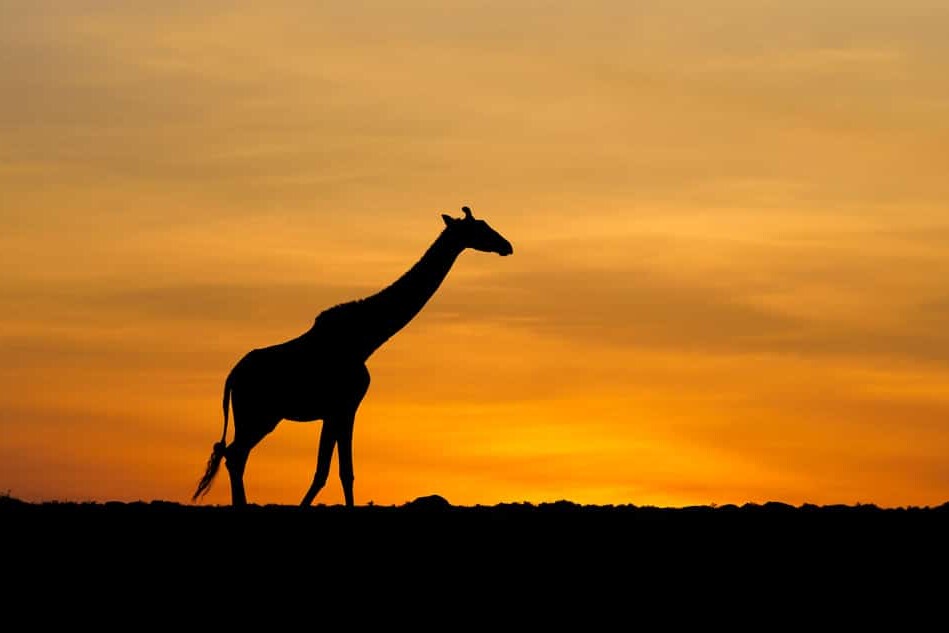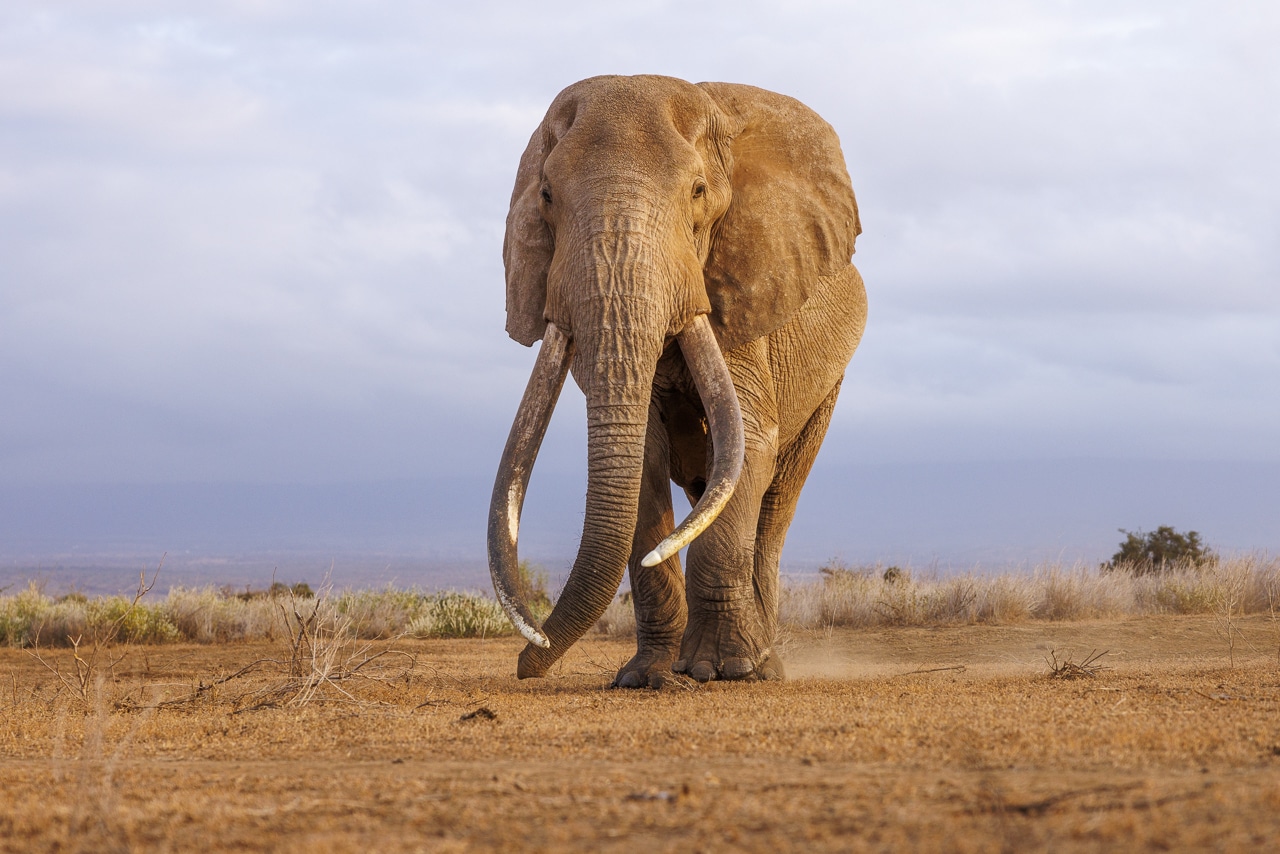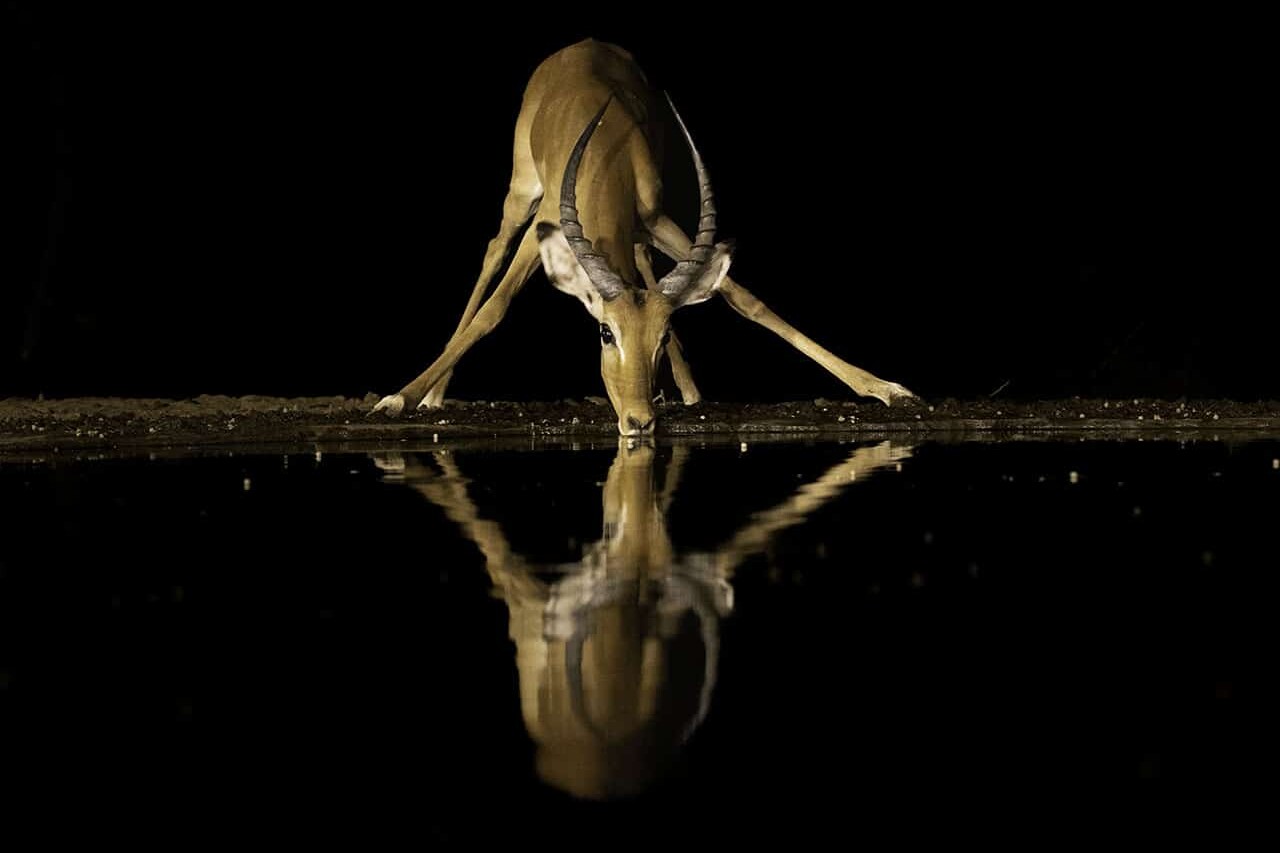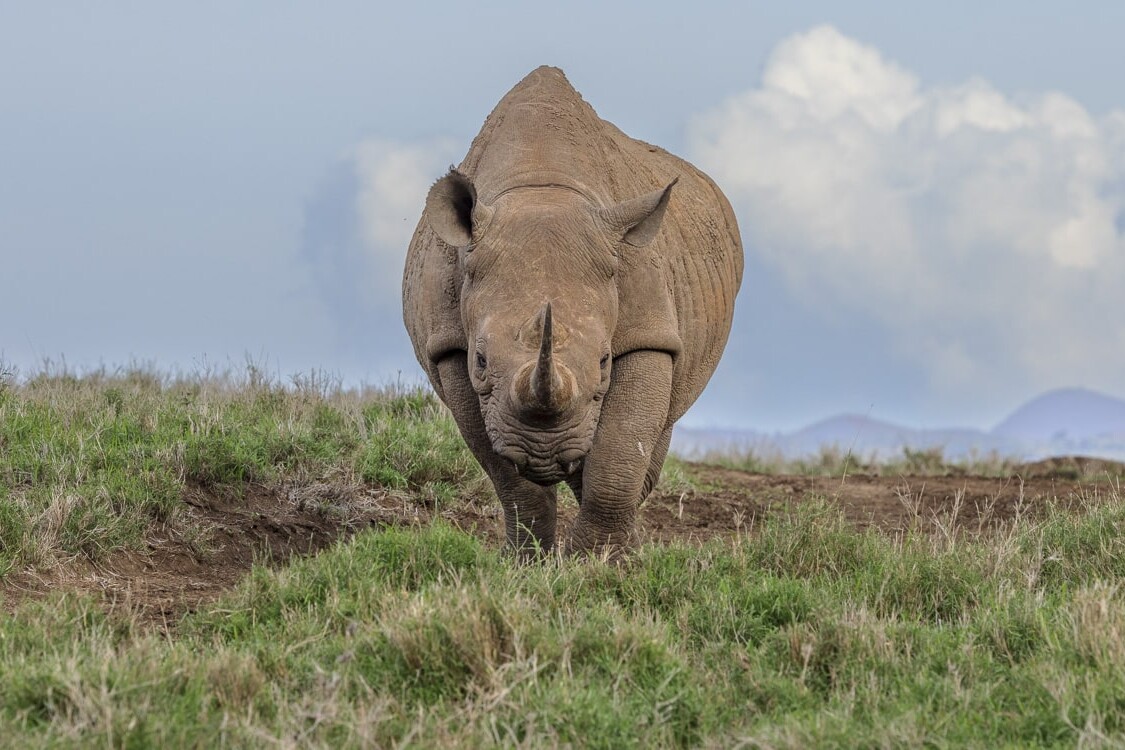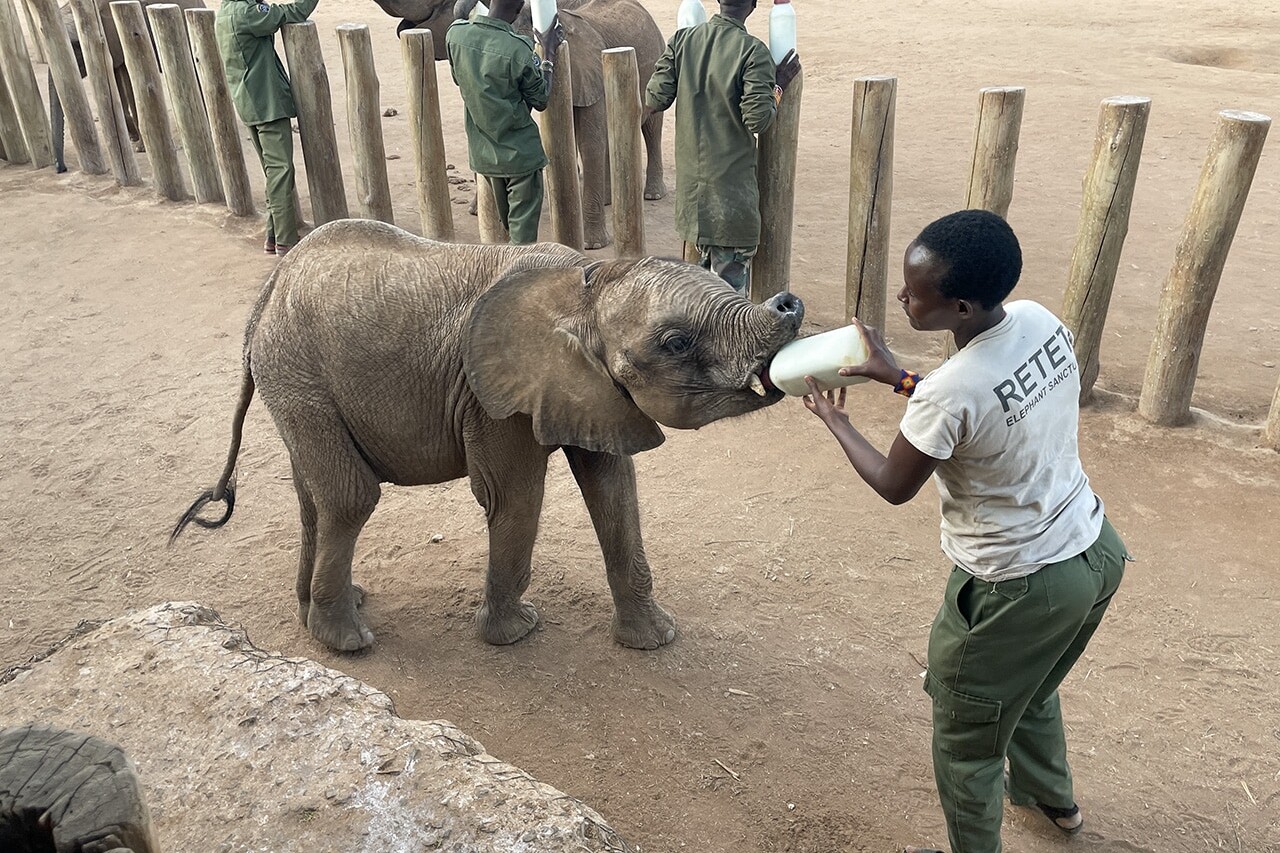Dragonflying. The art of photographing the dragonfly in flight. It has taught me patience.
(This post was originally published in 2014 on The Mother Nature Network.)
I have always been intrigued by the elongated shape and erratic movements of the dragonfly. It was only when I started photographing them that I realized how intricate and beautiful they truly were. With their “stained glass window” wings, brightly coloured tails and gigantic eyes, they are a small wonder of nature’s design. Part of the odonata order that also includes damselflies, it is believed the dragonfly has been gracing this earth for more than 300 million years.
 The Dragonfly: A Winged Wonder
The Dragonfly: A Winged Wonder
Unlike other double-winged insects whose wings beat in unison, dragonflies are equipped with two sets of wings that can beat independently. Their front wings can be going up while their back ones are beating down. However, even with two sets they are considered to be slow flappers, so to speak, with an average of 30 wing-beats per second. (Whereas a bumblebee’s wings move at about 300 bps.)
The Dragonfly: In Their Eyes
Dragonfly eyes are enormous! While humans have one lens, the dragonfly has many as 30,000 individual lenses. This gives them supreme vision that enables them to respond to stimuli—like an eager photographer—from up to 40 feet away. However, they are often accommodating and often grant you an audience quite close.
They were once referred to as The Devil’s Darning Needles and myth would have it that dragonflies would seek out bad children and using their claspers, sew their mouths together while they slept. Sadly, the myth fell apart after rigorous scientific study revealed they had no pockets or handbags in which to cart around needles and thread. In fact, they do no harm to us humans as they neither bite or sting. In fact, they seem intrigued by us and generally come quite close. Frankly, I think they should be more revered as they help control our mosquito population.
The Dragonfly Lifecycle
Dragonflies pass through a fascinating life journey and the time they spend flying around our ponds and lakes is quite a short chapter. They hatch on the surface of the water and can remain in the larva stage for several years. The metamorphosis state brings the growth of wings, at which point, they leave the water and begin their flying lifecycle–the final stage of life. Lasting only a few weeks, this winged-stage is when the dragonfly mates. It is a common sight to see a male and female attached to each other, clinging to a blade of grass, or even mid-flight. Happy times for dragonflies before their precious few weeks of flight-time expire.

So, the next time you are out on a hike in the woods, kayaking on the lake or relaxing in your garden and you come across a dragonfly, take a moment to watch it dance. Remember, you are privileged to be witnessing the last few days of this graceful creature’s life.
The art…and challenge of photographing the dragonfly
I am grateful to the dragonfly as it is teaching me patience. It is a great challenge to capture them in flight. I am generally impatient waiting for microwave popcorn, so, imagine standing in one spot for fifty minutes, trying to focus and track spasmodically flying winged-things? Not exactly in my comfort zone. But I love the challenge! I think of it as a zen meditation — with swearing.
The photographs here were taken with either a Canon 5D Mlll or a 7D. I was using a 70-200 f4 IS L lens, which is fairly fast, and quite light for hand-holding. After a few false starts and focusing trial-and-errors, I would find my rhythm. Coincidentally, it corresponded with finding the dragonfly rhythm. These winged-things are really quite the unreliable, drunken flyers that change direction and altitude very quickly. But–they also hover—and that is the key moment to watch for.
 Anticipation!
Anticipation!
I have learned to anticipate and concentrate on that momentary hoover. Once I find my way with tracking and focus, and I seem to have to re-learn this every single time, I am able to concentrate on composition. Luckily, these subjects enjoy flying around bushes and moss-covered water allowing for opportunities to explore creative and contrasting backgrounds with which to create interesting bokeh. (Bokeh is that nice, softly blurred background you sometimes see in photographs) Perhaps a little catch of light dancing off the wings–is that too much to ask for?

They do not make it easy! Often, when I manage to nail the focus, I have not had a fast enough shutter speed to freeze the wings. Or, I manage the right shutter speed, but just as I take the shot, they sharply turn and there is nothing but tail. No matter what happens, it is always good fun and very good practise!
 One more thing before you go…
One more thing before you go…
Thank you very much for visiting my blog. I support myself as an artist with my photography and writing. If you enjoy my content and would like more, please consider supporting me on KO-FI.COM Becoming a member of the Armchair Wanderers or one of The Wild Bunch will give you access to exclusive member only content-including behind-the-scene safari shenanigans from my travels. Thank you for your ongoing encouragement and promoting passion.
Cheers,
NJ
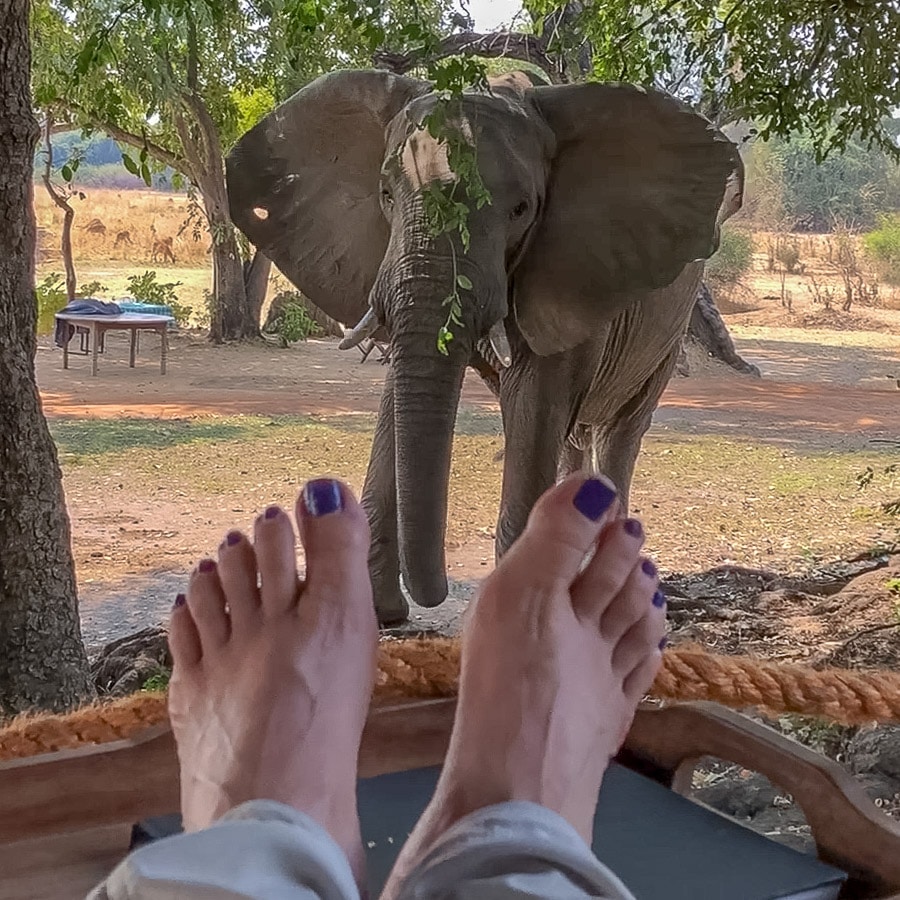
NJ Wight
Image maker and storyteller, bringing my audience up close to the extraordinary wildlife that has transformed my thinking and shaped my creative expression.
More Great Posts
February 29, 2024
Photographing Safari Silhouettes
July 17, 2023
Meeting the Legend Craig
March 15, 2023
A View from the Hide
February 9, 2023
A Black Rhino Named Elvis
November 27, 2022
The Reteti Elephant Sanctuary
May 1, 2022

